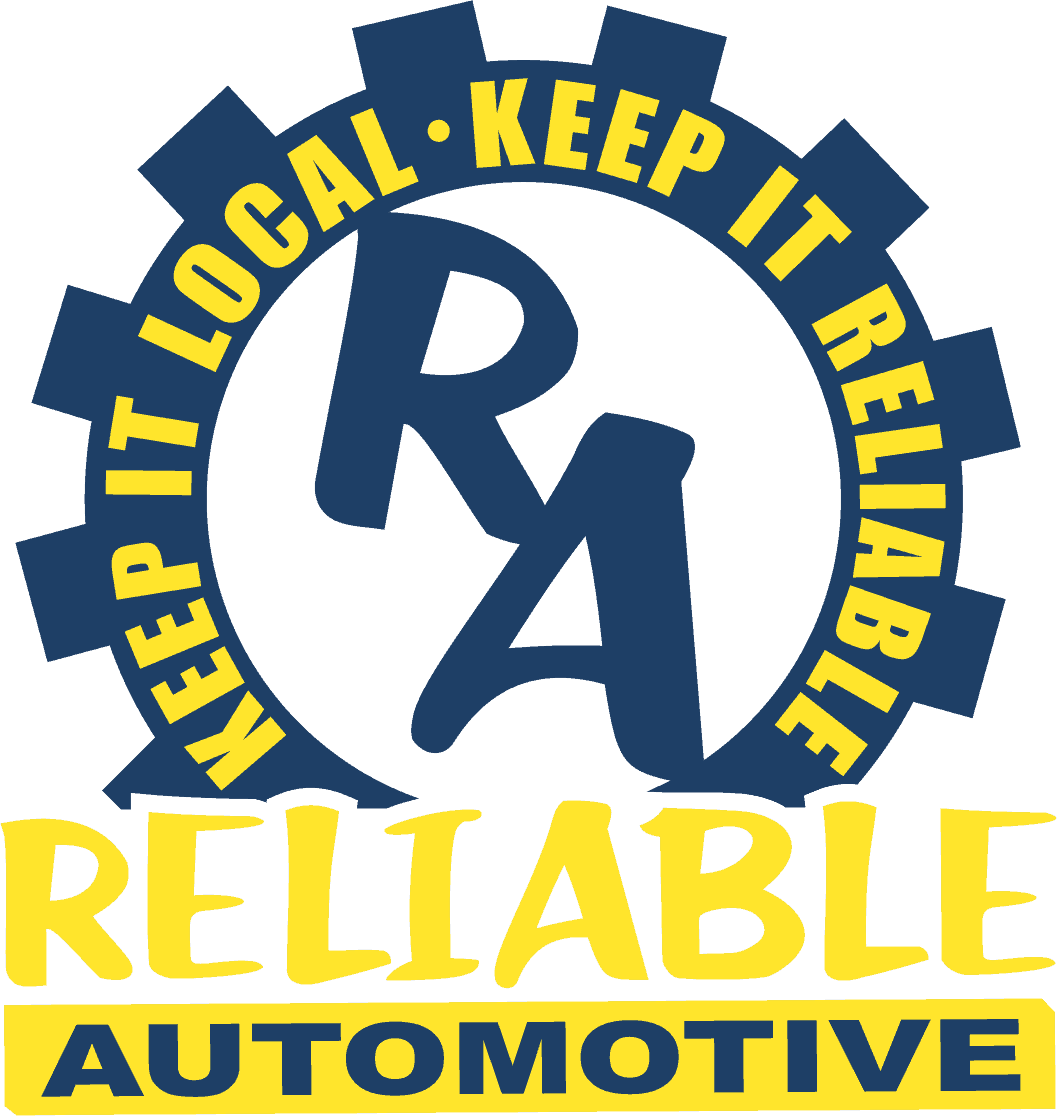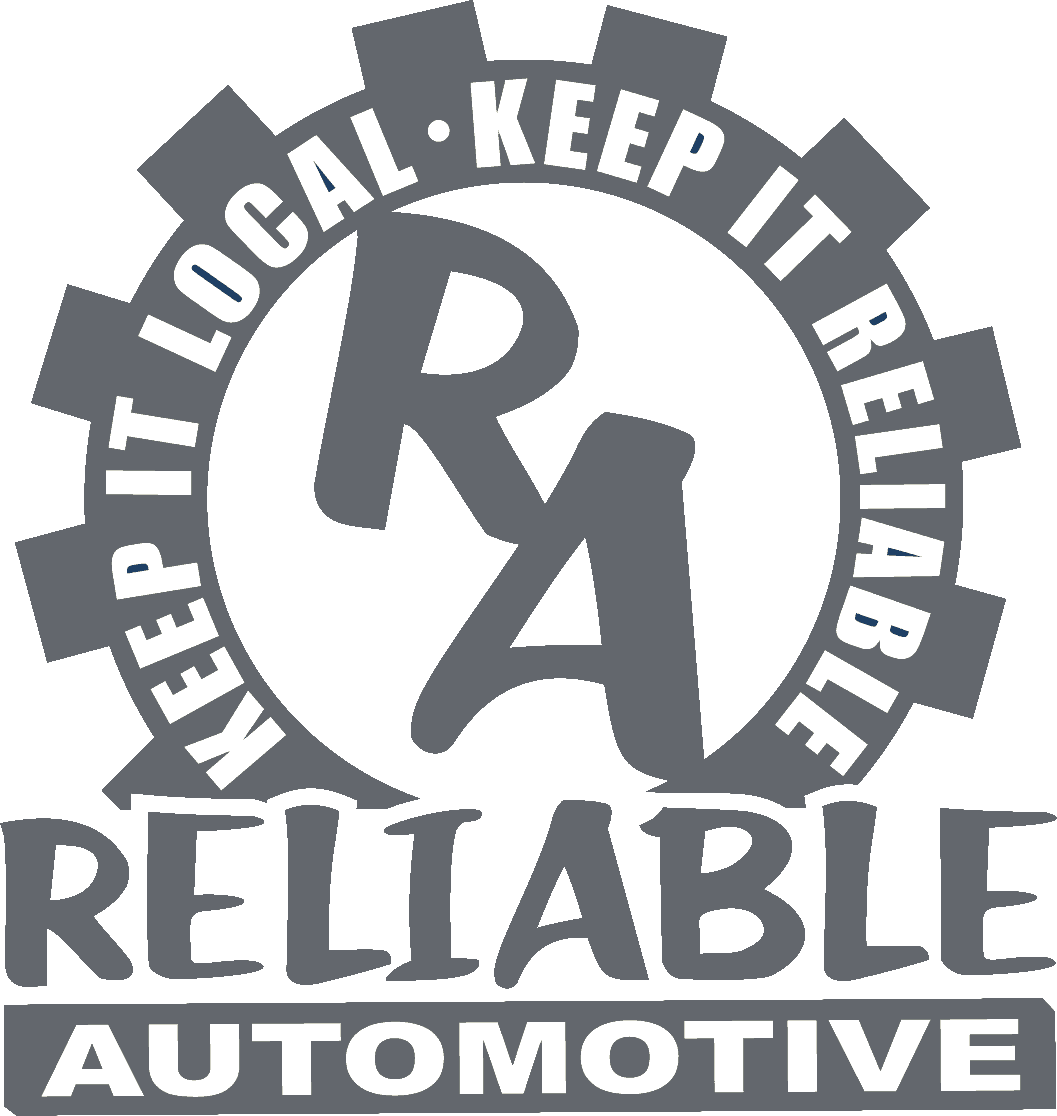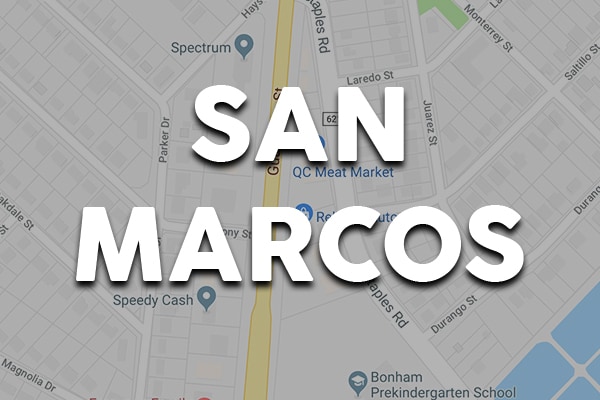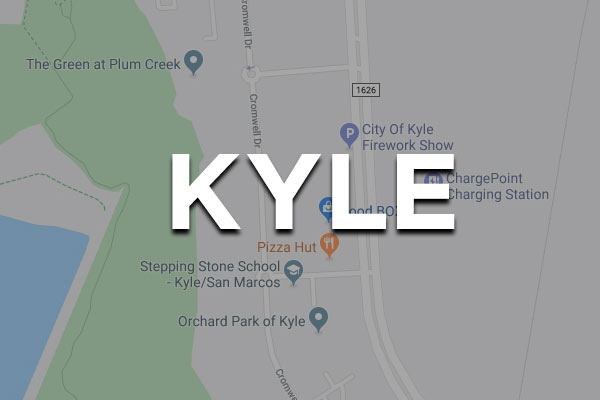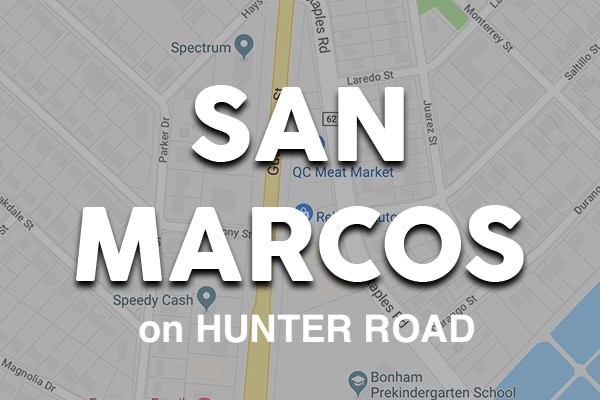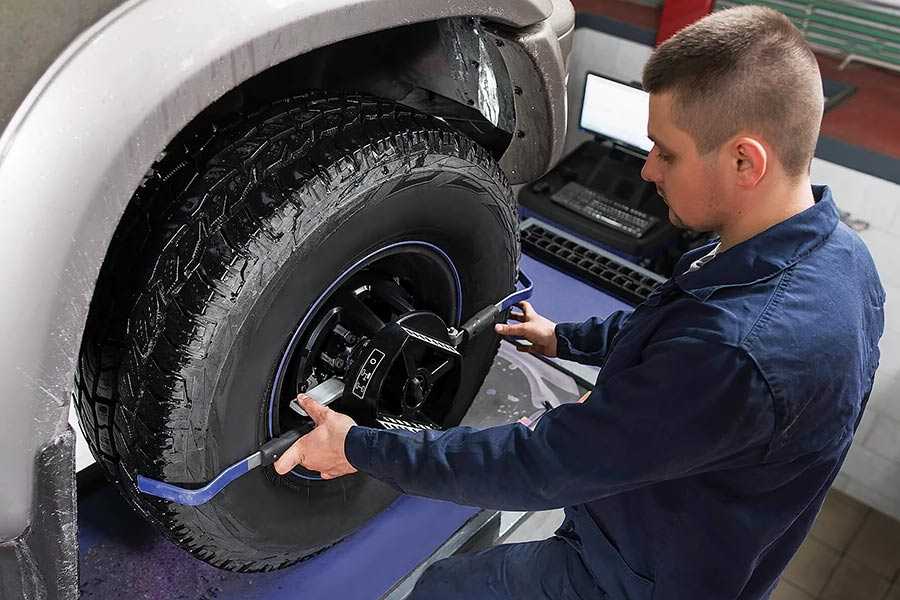
When you are in the market to buy a new car, chances are you will come across the terms “tire balancing” and “tire alignment.” These two terms might seem similar, but they have a different purposes. Which one do you need for your car? Let us find out. Balancing is a necessary process that helps keep your wheels from feeling rough when driving at high speeds or turning corners. In other words, balancing your tires involves ensuring that each tire has the same weight on it so that they all perform similarly.
What is Tire Balancing?
Tire balancing is when the technician puts weights on the wheels to make them spin smoothly. But more importantly, it makes your tires work more efficiently so that your ride is smoother. The primary purpose of balancing tires is to make them all weigh the same amount. This helps reduce vibrations caused when one tire spins slower or faster than the others.
Why Do You Need Tire Balancing?
Balancing your tires is one of the easiest and least expensive ways to make your ride smoother. Unbalanced tires are one of the most common causes of vibration while driving. When one or more of your tires has more weight than the others, it causes the rest of the tires to work harder. An unbalanced tire can lead to premature tire wear and even blowouts.
How is Tire Balancing Done?
The process of balancing tires is pretty simple. A technician at your local auto shop will spin each tire and compare the amount of weight on each one. The tire with the least amount of weight on it will get the most weight added. The technician will use a balancing machine to spin the tires and add weights.
What is Tire Alignment?
Alignment is the process of adjusting the angles of your tires based on what is recommended by the manufacturer. This ensures that your wheels move as smoothly as possible even if there is an obstacle in their way. All cars have a certain amount of “caster,” “camber,” and “toe.” Camber refers to the angle of the tire. If the top of the tire is leaning towards the road, it is under the camber. If the top of the tire depends away from the road, it is over-camber.
Why Do You Need Tire Alignment?
A properly aligned car produces minor wear on the tires and the suspension. Your car will also handle better and be safer to drive. Proper tire alignment is essential throughout the tire’s life, but it is especially critical during the first 5–10 thousand miles. The first thing to know about alignment is that it’s more than just adjusting the camber. There are three components to be aware of when thinking about alignment: camber, caster, and toe.
How is Tire Alignment Done?
Most alignment shops will use a computer to perform a four-wheeled alignment. This process will check the angles of your tires and make changes based on what the manufacturer recommends. Some alignment shops may offer a two-wheeled alignment. This process is done manually and requires the technician to get out a ruler and a level to check the angles of your tires.
The Short Version:
Tire balancing and tire alignment are two separate things. Tire balancing is when a technician puts weights on the wheels to make them spin smoothly. This helps reduce vibrations caused when one tire rotates slower or faster than the others. Alignment refers to adjusting the angles of your tires so that they move as smoothly as possible. The main difference between the two is that balancing affects the vibrations in your ride, while alignment affects your car’s overall performance. No matter which one you decide to have done, it is essential that you have your tires checked regularly.
